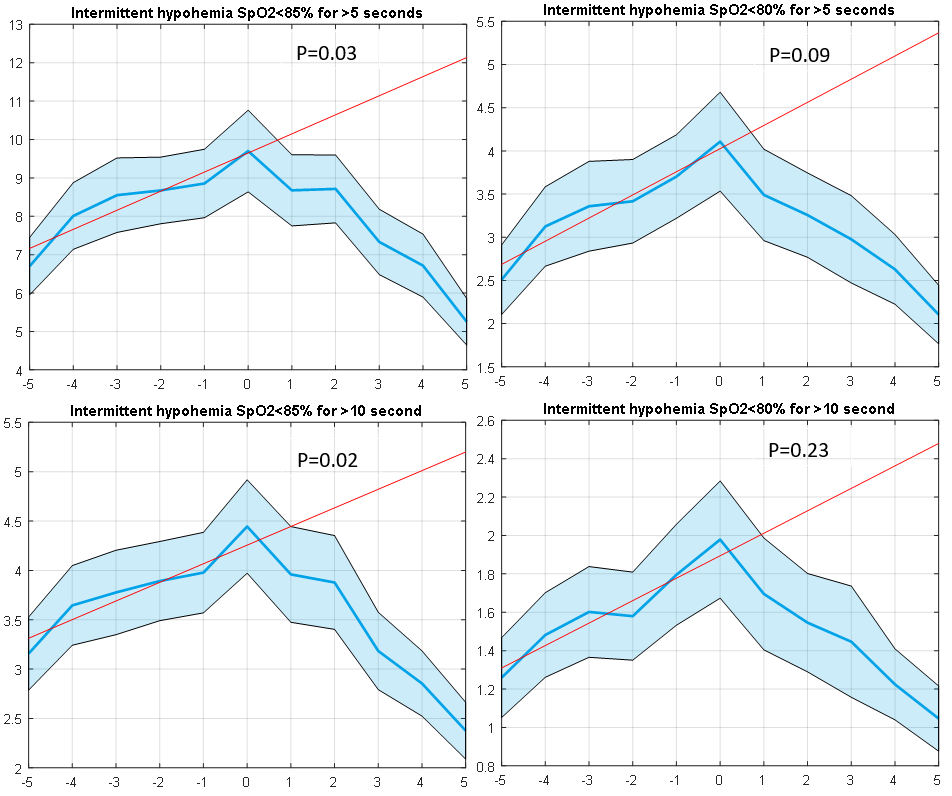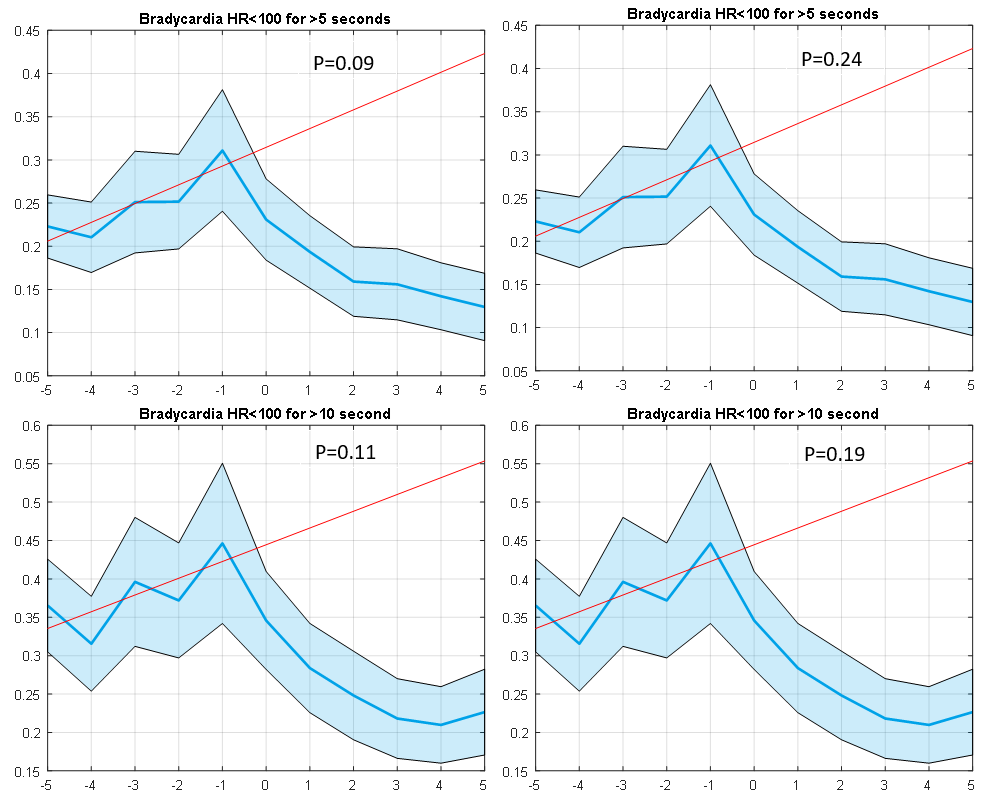Neonatal Pulmonology
Neonatal Pulmonology 6: Oxygen, Steroids
159 - Association between Furosemide and Intermittent Hypoxemia in Extremely Preterm Infants
Monday, May 1, 2023
9:30 AM - 11:30 AM ET
Poster Number: 159
Publication Number: 159.438
Publication Number: 159.438
Colm P. Travers, University of Alabama School of Medicine, Birmingham, AL, United States; Arie Nakhmani, University of Alabama at Birmingham, Birmingham, AL, United States; Samuel Gentle, University of Alabama at Birmingham, Birmingham, AL, United States; Rachel L. Benz, University of Alabama at Birmingham, Birmingham, AL, United States; Waldemar A. Carlo, University of Alabama School of Medicine, Birmingham, AL, United States; Namasivayam Ambalavanan, University of Alabama School of Medicine, Birmingham, AL, United States

Colm P. Travers, MD
Assistant professor
University of Alabama School of Medicine
Birmingham, Alabama, United States
Presenting Author(s)
Background: Furosemide is commonly prescribed to improve lung function among extremely preterm infants on respiratory support but the effect on measures of control of breathing is not known.
Objective: To test the hypothesis that furosemide exposure will be associated with decreased intermittent hypoxemia (IH) in the 5 days after initiation compared with the 5 days before initiation.
Design/Methods: This was a single center prospective observational study including infants from 22-28 weeks’ gestation enrolled in the PreVENT study (NCT03174301). We excluded infants with missing data and infants who received thiazides during the study period. Numeric heart rate and oxygen saturation data at 1Hz were downloaded directly from patient monitors in the 5 days before and the 5 days after furosemide. Baseline characteristics and respiratory outcome data were collected from the electronic health record. The primary outcome was the difference in episodes of IH, defined as oxygen saturations < 85% for ≥10 seconds per hour before and after furosemide. Secondary outcomes included IH of different depths and duration, bradycardia episodes of different depths and duration, and the fraction of inspired oxygen after furosemide.
Results: There were 52 infants included with a mean (SD) gestational age of 24w 6d (12d) and birth weight of 668 (205) grams. Furosemide exposure was associated with a decrease in episodes of IH (p=0.02). There were fewer episodes of IH < 85% for 5 seconds (p=0.03) but not < 80% for 5 or 10 seconds [Figure 1]. Exposure to furosemide was not associated with a decrease in episodes of bradycardia of different depths and durations [Figure 2]. Linear regression analyses computed for the 5 days prior to furosemide exposure indicated that the change in episodes of IH and bradycardia was temporally related to furosemide treatment. There was no difference in FiO2 over the study period (p=0.37).
Conclusion(s): Furosemide treatment was associated with a decrease in episodes of intermittent hypoxemia among extremely preterm infants.


